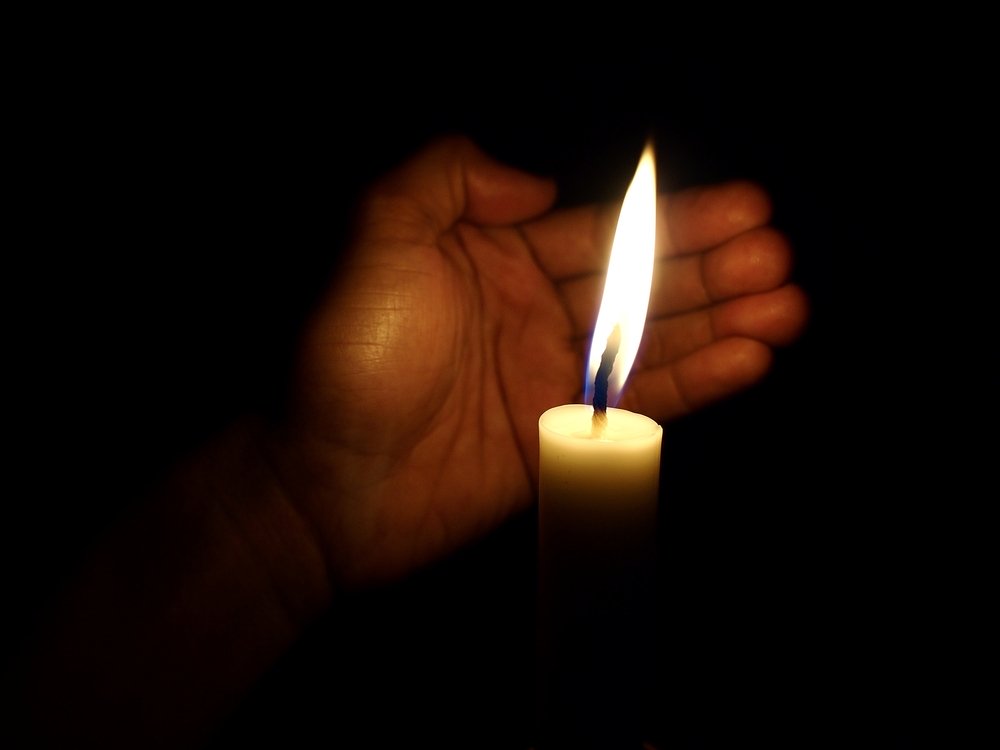A widespread blackout is one of the greatest risks facing modern societies. The power supply is considered stable, but an outage lasting several days would have catastrophic consequences. It would affect not only households, but also hospitals, telecommunications, transport, and water supplies. Preparedness is therefore essential, because an unprepared society risks its own ability to act.
Risks to Society and Supply
Switzerland and the EU do not see any imminent danger of widespread power outages this winter. In Ukraine, however, the threat is considered real. While discussions about energy supply and grid security have gained momentum, the risk of a blackout is often downplayed in everyday life. Politicians, businesses, and the public are equally called upon to simulate scenarios and seriously implement crisis preparedness.

A blackout is clearly different from a local power outage. It affects the power supply via the transmission grid and can cascade due to Europe’s dense network. The duration is crucial. The longer the power outage, the greater the damage. Days or weeks without energy would have enormous economic and social consequences.
A plausible scenario with serious consequences
Studies show that a blackout is plausible. The Bundestag’s Office for Technology Assessment already determined in 2011 that government structures could quickly be overwhelmed. Without a power supply, central infrastructure collapses. Water, sewage, communications, and transportation reach their limits in a very short time. After just a few days, the population’s supply would no longer be secure.
Despite these findings, blackouts are considered a rare event. This is precisely what makes preparedness difficult, as people often misjudge risks. Cognitive distortions such as “optimism bias” or “continuity bias” lead a society to suppress a potential extreme event. Group opinions further reinforce this effect and create a false sense of security.
Past Experience
Large-scale power outages have occurred several times in Europe. Examples include Italy and Switzerland in 2003, Western Europe in 2006, and the Adriatic region in 2024. However, the outages were brief, often lasting only a few hours, and did not lead to escalating consequences. Longer interruptions, such as those in Münsterland in 2005 or Slovakia in 2014, showed that only massive external assistance could prevent the collapse.
The incident in Münsterland is considered a warning signal. A year earlier, experts declared that a blackout was unlikely. Shortly thereafter, it occurred. German and Swiss risk assessments now classify the scenario as a major event. Empirical experience shows that it can be managed – but only if external support is available in a timely manner and crisis preparedness is effective.
Consequences for Society
A prolonged power outage means disempowerment and de-modernization. Household appliances, internet access, gas stations, and water supplies fail. People who rely on life-sustaining equipment are particularly at risk. Children, the elderly, and the sick are also among the most vulnerable groups.
Private supplies usually only last for three days. After that, a critical phase begins. Social cohesion then determines whether panic or solidarity prevails. A prepared society survives crises better, while an unprepared one collapses more quickly.
Preparedness as a Mandatory Duty
The state, the economy, and the population must prepare for crises. This is the only way to ensure that essential goods remain available in an extreme situation. Private households should build up stockpiles, while operators of critical infrastructure develop emergency plans.
Plans and standards exist in Switzerland and Germany, but not in all areas. Mobile phone networks are required to operate without power for 72 hours; other sectors have no comparable requirements. Authorities such as the Federal Office for National Economic Supply and the Federal Office for Civil Protection provide concrete guidance on private energy supply and emergency plans.
Energy self-sufficiency as an opportunity
The energy transition opens up new opportunities for preparedness. Falling costs for solar systems and battery storage make it possible to partially secure one’s own energy supply. However, traditional systems shut down in the event of a grid failure. Isolated and black-start systems with battery storage could also provide emergency power during a blackout.
Emergency services and employees in critical infrastructures also need preparation. Their ability to work depends on their personal environment being prepared for extreme situations. If this basis is lacking, staff shortages and the collapse of important structures are threatened.
Outlook: Act instead of denying it
A blackout is a “maximum credible event.” The probability of occurrence cannot be calculated, but the risk remains. The more complex the systems, the more susceptible society is to cascading effects. Any strong dependence on a functioning energy supply increases vulnerability.
Since no insurance can cushion such consequences, the only option is to take precautions. An honest analysis and concrete measures are necessary to avoid being caught unprepared for the next crisis. Now is the right time to prepare for the crisis and strengthen resilience.
